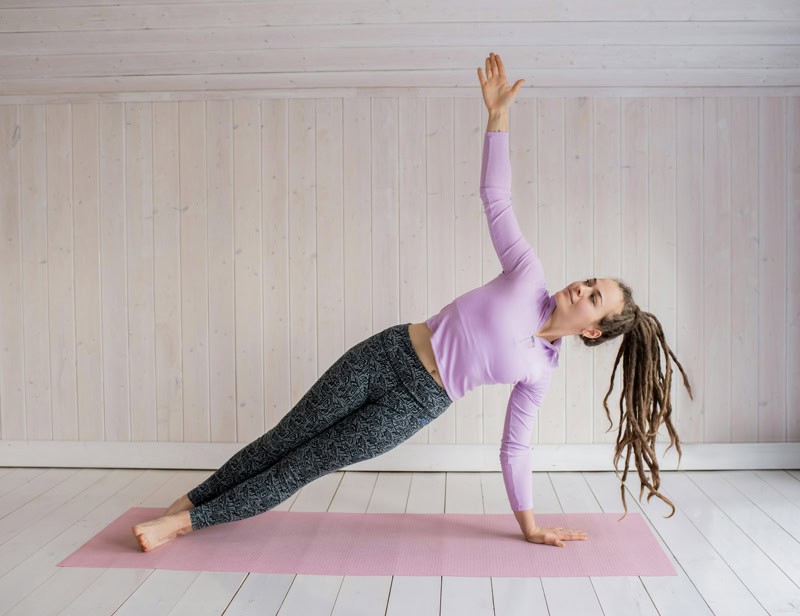What is Pilates, and Why Is It So Popular?
Pilates is a form of low-impact exercise that focuses on core strength, flexibility, alignment, and control. It was created by Joseph Pilates in the early 1900s and originally called “Contrology.” These days, it’s a go-to for everyone from dancers and athletes to people recovering from injury.
Why do people swear by it? Because it works. Pilates can improve your posture, build lean muscle, and help you feel stronger and more mobile. It’s also incredibly versatile, with styles ranging from gentle and restorative to seriously challenging.
The Main Types of Pilates
If you’ve ever wondered which type of Pilates might suit you best, here’s a breakdown of the most popular styles and what makes them unique.
1. Classical Pilates
The original method, exactly as Joseph Pilates designed it. This style follows a set sequence of exercises, usually performed on both the mat and traditional equipment like the reformer and Cadillac.
Best for you if: You like structure, enjoy a challenge, and want to stick to the roots of Pilates.
Good to know: It can feel intense at first, but it’s highly rewarding as you progress.
2. Contemporary Pilates
A modern take on the original method, often blending in new movements, rehab techniques, and updated knowledge of anatomy. Classes vary depending on the instructor’s training and style.
Best for you if: You like variety and want a class that keeps up with current fitness trends.
Good to know: No two classes are the same, so it never gets boring.
3. Reformer Pilates
This style uses a sliding, spring-loaded machine called a reformer. It may look intimidating, but it offers a full-body workout that’s both gentle on joints and incredibly effective.
Best for you if: You want a low-impact workout that builds strength and flexibility.
Good to know: You’ll usually need a studio for this one, as reformer machines are an investment.
4. Mat Pilates
Pilates performed on a mat, usually using just your bodyweight. Props like resistance bands, rings, or small balls can be added, but they’re not essential.
Best for you if: You want something affordable, accessible, and easy to do at home or in a class.
Good to know: Don’t underestimate it – mat Pilates can seriously fire up your core.
5. Wall Pilates
A newer style that’s grown in popularity thanks to social media. You use a wall for support and alignment, making moves more controlled and often more accessible.
Best for you if: You’re returning to exercise, recovering from injury, or want a gentle home workout.
Good to know: Beginner-friendly, but still a great way to strengthen and build confidence.

How to Choose the Right Pilates Style for You
Ask yourself:
- What are your goals? Toning, rehab, posture improvement, or flexibility?
- What’s your budget? Mat Pilates is the most budget-friendly, while reformer sessions are a bigger investment.
- Where will you work out? Reformer requires a studio, while mat or wall Pilates can be done anywhere.
- Do you like variety or routine? Contemporary mixes things up, while classical sticks to a set structure.
There’s no one-size-fits-all answer, and that’s what makes Pilates so brilliant. You might start with mat Pilates at home, then try a reformer session in the studio, or switch between styles depending on how you feel.
The key is to find the type of Pilates you enjoy, because when you love it, you’ll stick with it. Whether you’re gliding on a reformer, stretching it out on the mat, or finding your flow against the wall, Pilates will help you feel stronger, more balanced, and more in tune with your body. Check out your local options and see which style clicks for you.


